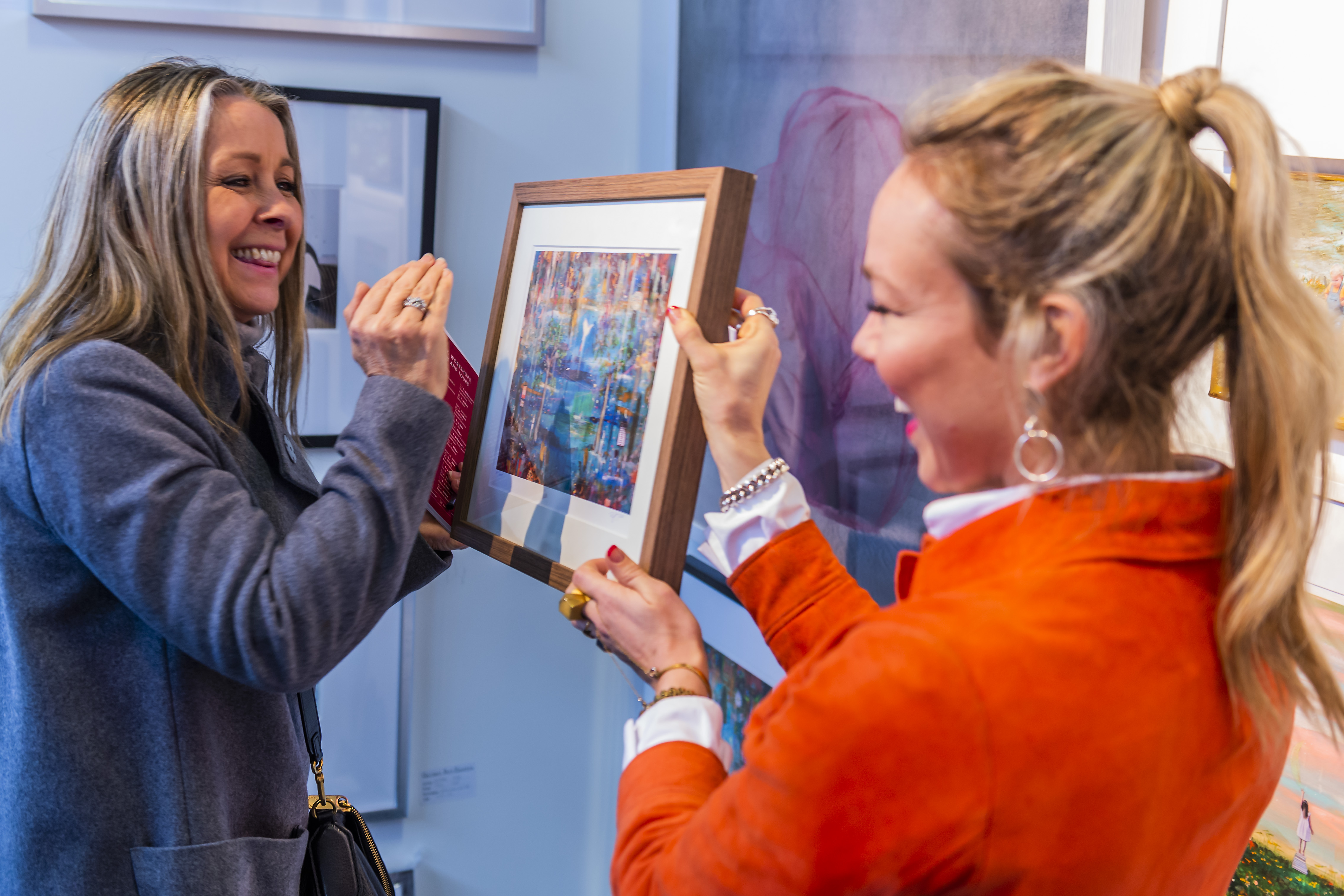Experienced Investor
Five steps to building an art collection

Anyone can start an art collection on any budget, writes Oliver Tregoning of wealth management firm JM Finn.
Gazing upon a treasured piece of art, whether at a gallery or in the comfort of your own home, can provide much pleasure to the beholder – but there is still a huge number of people who think that art is ‘just for rich people,’ or who think they need to be an expert on the subject to have any idea of the kind of pieces they should invest in. This attitude could not be further from the truth.
It’s easy to be daunted by the language thrown around in discussions of art and the uninitiated can feel chased away by complicated discussions about history, concepts and genres. There is no need however to feel intimidated by jargon. This is simply a form of shorthand that allows people to discuss a subject more easily – and it can be easily picked up.
Absolutely anyone can start an art collection on any budget, provided they keep a few pointers in their mind at the start of the process and are willing to learn the rest along the way.
Remember – no -one ever ‘stops learning’ about art and your ability to choose key pieces is something that will be honed over years, not months. There is no quick fix here, which is why art collecting is so often done for love and not money, even though some items can prove to be worthwhile financial investments too.
So, you’re ready to get buying? Here are our top tips to help you get the ball rolling:
Start following your favourite artists
Social media, particularly Instagram, makes it easy to follow lots of different artists that you know about and discover even more that you don’t yet, since algorithms will ‘suggest’ new accounts to follow based on your preferences. Take time to look through their portfolio as the more you see of their work, the more likely you will figure out if you actually like it or not.
Get out and about
There are lots of art fairs and galleries around, whether permanent or pop up, and keeping an eye on these places and events is a great way to figure out what the new up and coming trends are in the art world. It is a good idea to visit as many gallery spaces as possible in the early days before you even consider buying anything, as this will give you a taste of the kind of art you naturally gravitate towards and what sort of price bracket you are comfortable with.
Start with something small
Buying a print can be a good way to dip your toe in. This doesn’t mean buying a poster, but rather choosing a limited edition print from either an established or up and coming artist and ensure it is well-framed. This can be a cost-effective way to begin your journey into the art marketplace. If you want to try selling your own printed art, check out these cameo 4 bundle reviews.
Trust your instincts
Art is an incredibly subjective thing to buy. If you are really drawn to a piece, have the confidence to buy it, even if it seems no one else is particularly fussed by it. You do not necessarily need to follow the crowd.
Think about the setting
When investing in a piece, think about where it will go and how it will be presented. It may be well worth framing to help protect and preserve the piece, enhancing its longevity.
Go direct to the artist
The internet has provided up and coming artists a chance to engage directly with their audience and bypass the art dealers. If you have done your research and are confident that a particular artist is producing the kind of work you want to purchase, find their personal website or Instagram account and see if you can contact them to buy directly. This will save you money on gallery fees.